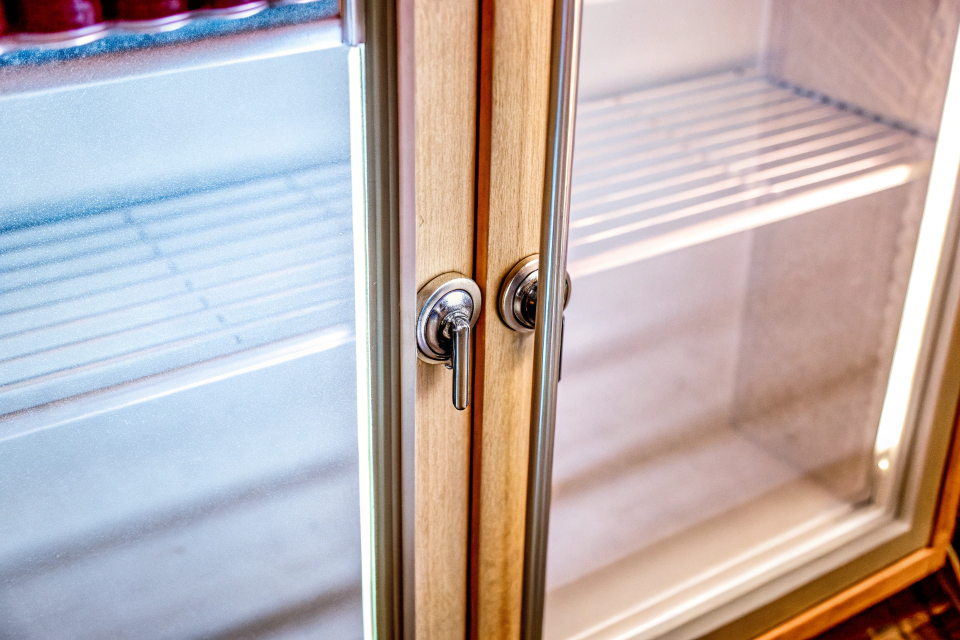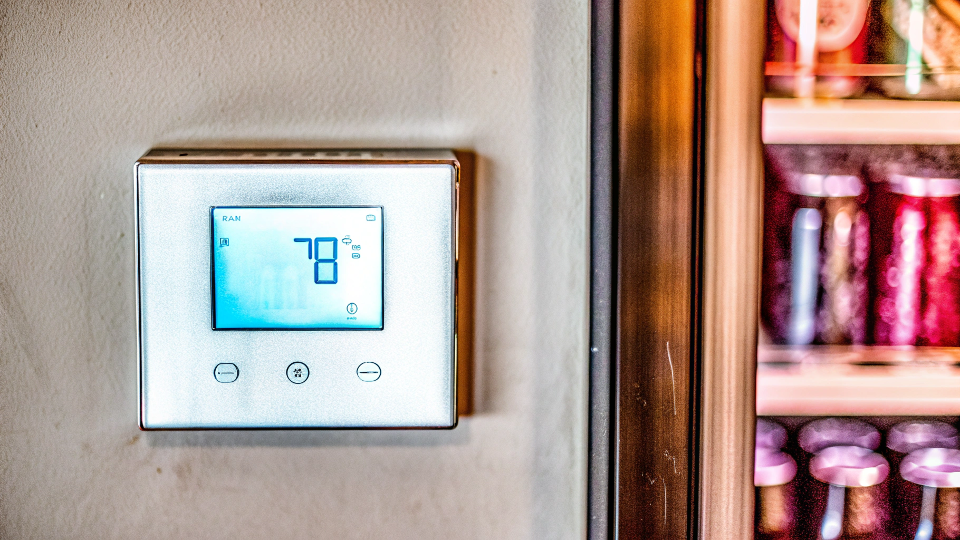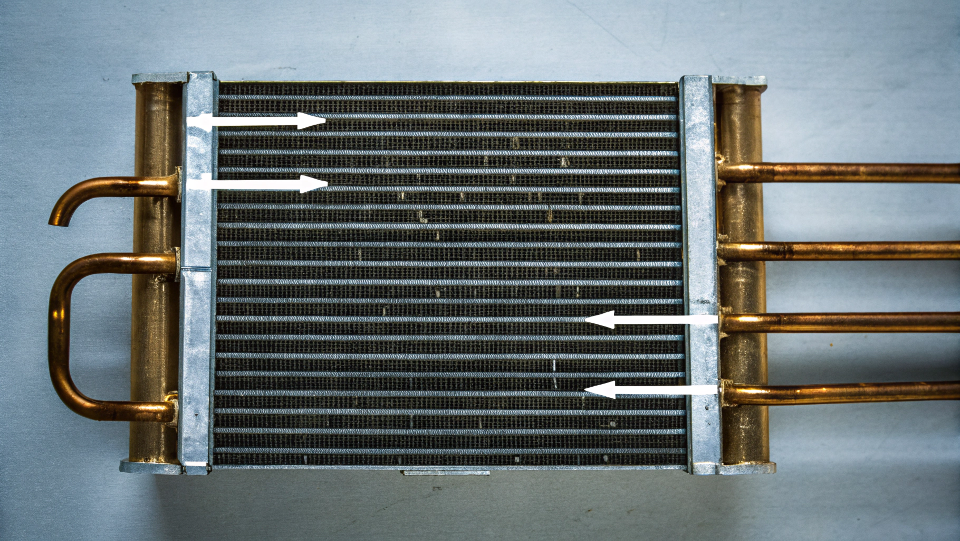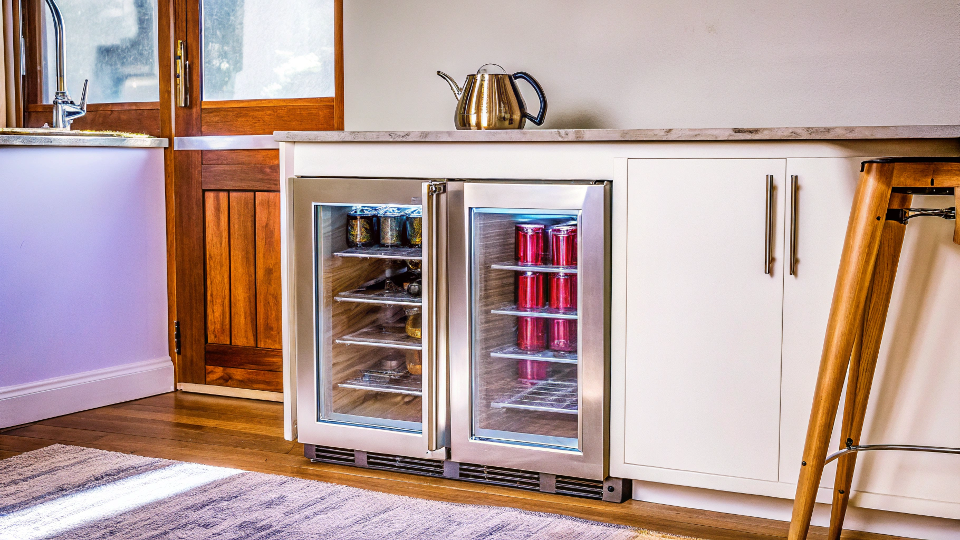Worried about high electricity bills from your beverage cooler? You want happy customers, but hidden energy costs can hurt your brand's reputation. What if you could offer a truly efficient solution?
A beverage cooler's energy efficiency depends heavily on its design, insulation, and type of cooling system. Modern, well-made units with features like double-paned glass and good seals are designed to be very energy efficient, often using less power than a standard light bulb.
Choosing the right beverage cooler is about more than just style. I've spent years in the refrigeration industry, from the factory floor to running my own business helping clients like you. I've seen how understanding the small details about a product can make a huge difference. These details help you build a better brand and give your customers real value. Let's break down what truly matters when it comes to energy efficiency, so you can give your customers the best product and advice. It all starts with one simple question.
Are beverage coolers energy efficient?
Selling a product that secretly runs up a huge electric bill? Your customers will blame your brand. You need coolers that are cool on drinks, but light on energy usage.
Yes, many modern beverage coolers are energy efficient. Their efficiency depends on factors like the cooling system (compressor vs. thermoelectric), insulation quality, and door seals. Choosing the right model makes a significant difference in annual running costs for your customers.
Dive Deeper
When I work with brand owners, the first thing we discuss is the "engine" of the cooler. The type of cooling system is the biggest factor in its energy use. You mainly have two choices: compressor-based or thermoelectric. For the retro-style refrigerators you specialize in, Alex, compressor systems are almost always the right choice. They are more powerful and efficient, especially for units that need to hold a consistent, cold temperature.
I remember helping a client who was sourcing coolers from China. He was focused only on the lowest price. His first batch of thermoelectric units resulted in customer complaints because they couldn't get cold enough in a warm climate. We switched his next OEM order to a small, high-efficiency compressor model. His costs went up slightly, but his customer satisfaction and reviews went through the roof. It's a key lesson: the right technology matters more than a few dollars on the purchase price.
Here is a simple breakdown to discuss with your supplier:
| Feature | Compressor Cooler | Thermoelectric Cooler |
|---|---|---|
| Cooling Power | High (can reach near freezing) | Low (cools ~15°C below ambient) |
| Energy Efficiency | Generally More Efficient | Less Efficient, especially in heat |
| Best For | Most climates, larger capacity | Quiet spaces, small capacity, wine |
| Vibration | Minor Vibration | No Vibration |
What to look for when buying a beverage fridge?
Confused by all the technical specs for beverage fridges? Choosing the wrong features can lead to unhappy customers and bad reviews. Let me guide you to the features that truly matter.
Look for key features: the right capacity for the customer's needs, double or triple-paned glass doors to improve insulation, a reliable thermostat for precise temperature control, and good quality door seals. Also, check for energy certifications if available in your market.

Dive Deeper
When you're creating a product line, the details you choose define your brand's quality. Let's move past the cooling system and look at the "body" of the cooler. First, capacity. Always advise customers to buy the right size. A half-empty cooler wastes energy cooling air every time the door opens. Next, the door. For glass-front units, which are great for your online marketing, always specify double-paned (or even triple-paned) glass. The air or gas trapped between the panes acts as an insulator. It stops heat from getting in, so the compressor runs less.
I once helped a client who sold retro refrigerators. His models looked great, but the door seals were cheap. Customers complained about condensation and the unit running all the time. On his next OEM order, we specified a thicker, magnetic seal. It was a minor change in cost but completely solved the problem. The lesson is that the parts you can't easily see, like the door gasket and the insulation foam in the walls, are just as important as the cool retro handle on the outside. These are the details that create a premium product.
What temperature should a beverage cooler be at?
Are your customers' drinks not cold enough, or are they freezing? The wrong temperature can ruin the taste and waste energy. There is a sweet spot for perfect chilling and efficiency.
The ideal temperature for a beverage cooler is between 2-3°C (36-38°F) for sodas and beers. For wine, it varies, with reds around 12-18°C (55-65°F) and whites cooler. Setting it correctly ensures perfect taste and saves energy by not overworking the compressor.

Dive Deeper
Temperature control is where efficiency meets customer experience. Setting a cooler colder than necessary is one of the biggest wastes of energy. For every degree you lower the temperature, you increase energy consumption significantly. It's crucial to educate your customers on this. You can include this information in your user manuals or on your website.
When you place your OEM orders, insist on a digital thermostat. A simple dial with "1-5" is vague. A digital display that shows the exact temperature gives your customer precise control. This feature makes your product feel more premium and professional. It empowers the user to set the perfect temperature for their drinks, which not only improves their experience but also reinforces the quality of your brand. It’s a small feature that has a big impact on perceived value and real-world energy savings. Here’s a simple guide you can share with your customers:
| Beverage Type | Ideal Temperature (Celsius) | Ideal Temperature (Fahrenheit) |
|---|---|---|
| Sodas & Water | 2 - 3°C | 36 - 38°F |
| Lagers & Beers | 3 - 7°C | 38 - 45°F |
| White Wine | 7 - 12°C | 45 - 54°F |
| Red Wine | 12 - 18°C | 55 - 65°F |
How does a beverage cooler work?
Does the inner working of a cooler seem like a mystery? Not understanding the basics can make you seem less credible to customers. Let's quickly demystify the technology behind the chill.
Most beverage coolers use a vapor compression system, just like a regular fridge. A compressor pumps a refrigerant, which changes between a liquid and gas to absorb heat from inside the cooler and release it outside.

Dive Deeper
Understanding the basics of how your product works is essential when talking to suppliers or handling customer questions. Think of it like this: the cooling system is just a heat pump. It moves heat from inside the box to outside the box. It uses a special fluid called a refrigerant to do this.
- Compressor: This is the heart of the system. It squeezes the refrigerant gas, making it hot and high-pressure.
- Condenser Coils: The hot gas flows through these coils (usually on the back or bottom). Air flowing over the coils removes the heat, and the refrigerant turns into a liquid.
- Expansion Valve: The high-pressure liquid goes through a tiny opening, causing it to become a very cold, low-pressure mist.
- Evaporator Coils: This cold mist flows through coils inside the cooler. It absorbs heat from the drinks and the air, and in the process, turns back into a gas.
The gas then goes back to the compressor to start the cycle all over again. As a brand owner importing from China, you can ask your factory about the compressor they use. Using a known brand of compressor can be a great marketing point for reliability and efficiency.
Conclusion
In short, an efficient beverage cooler balances good insulation, the right cooling system, and precise temperature control. Understanding these basics helps you choose and sell better products your customers will love.

